Coffee tasting | how to identify the flavor of a single bean by smelling the bottle and testing the cup.
Professional coffee knowledge exchange more coffee bean information please follow the coffee workshop (Wechat official account cafe_style)
Three issues of coffee tasting steps have been written before, and they will be updated today.
Coffee Xiaobai Advanced Level 1 | Coffee from the top ten American producing regions, starting with balanced beans.
Coffee rookie advanced Level 2 | which beans are sour and which are sweet, know how to handle coffee.
Coffee rookie Advanced Level 3 | feel the charming acidity of coffee, the characteristics of coffee in Africa.
After identifying the sour taste of African beans, such as the technical terms of [coffee blossom] [citric acid] [citric acid] and so on, some friends will wonder why they can write so many words. In fact, the secret is to smell the incense bottle, corresponding to the smell bottle + cup test to identify the flavor of single bean.
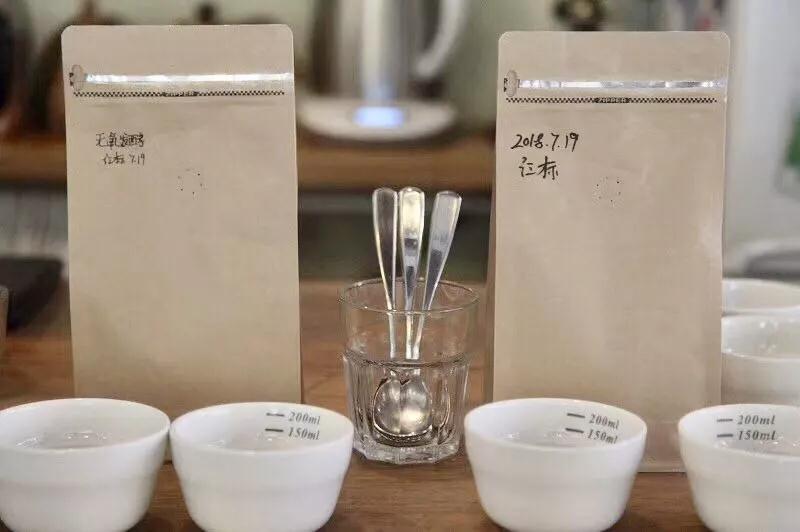
1. Preparation tools are required for cup testing:
Cooked bean sample
Bean grinder
Glass / or porcelain bowl (cup test container, the instrument used in the same cup test should be of the same material, and the common ones are 5oz or 6oz Manhattan Glass or Rock Glass. For white porcelain cups, the recommended capacity is between 175and 225ml)
Cup meter, empty bowl (spitting coffee liquid), cup spoon, electric kettle, timer
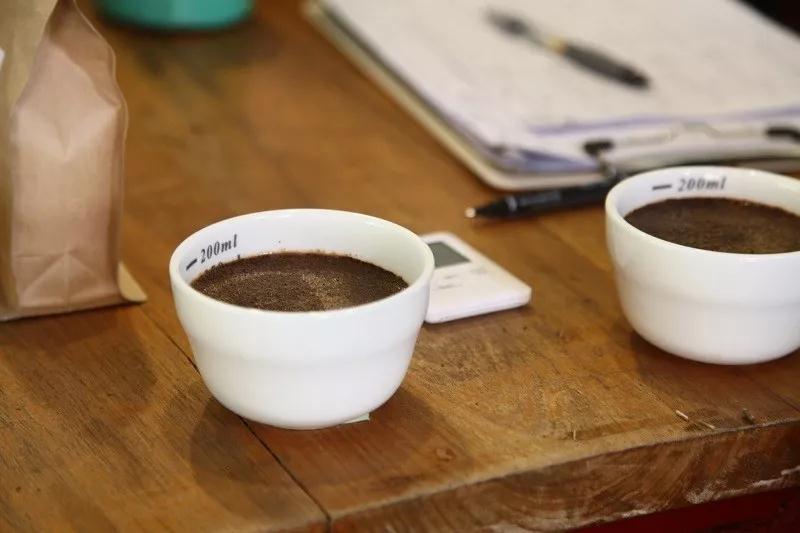
two。 Basic requirements for cup testing environment:
Cup test table (necessary)
Clean, quiet, no other aroma interference
3. Roasting/ baking (preparation of cup test sample)
The cooked beans should be finished within 8-24 hours before the cup test, and the cooked beans should be kept for at least 8 hours.
Baking degree: according to the standard value of M-Basic (Gourmet) Agtron, the baking degree is from light baking to light baking, the bean value is 58, the powder value 63 is 55-60.
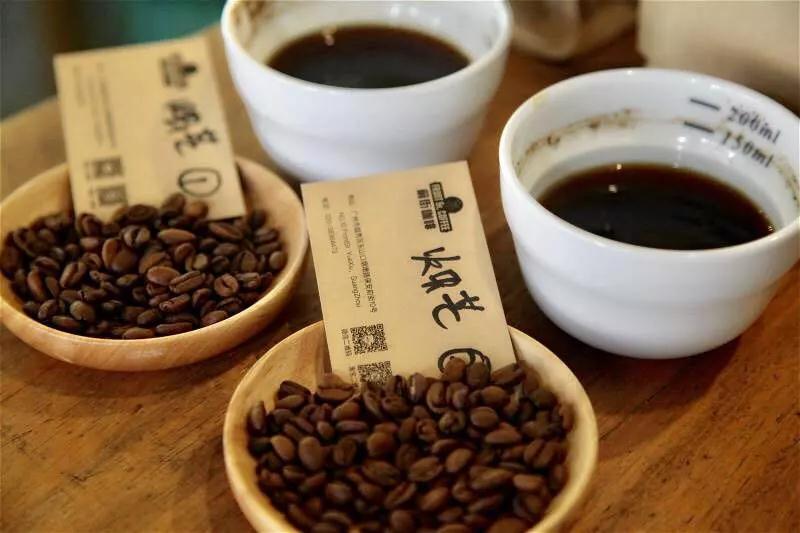
Baking time: more than 8 minutes-less than 12 minutes, no scorching and peeling
Cooked beans should be cooled by air immediately, not by water cooling.
When the sample bean temperature drops to room temperature (about 20 degrees), put it in a sealed container or airtight bag until you start the cup test to reduce contact with air and prevent contamination.
Sample beans should be kept in the shade temporarily, but do not need to be frozen or refrigerated.
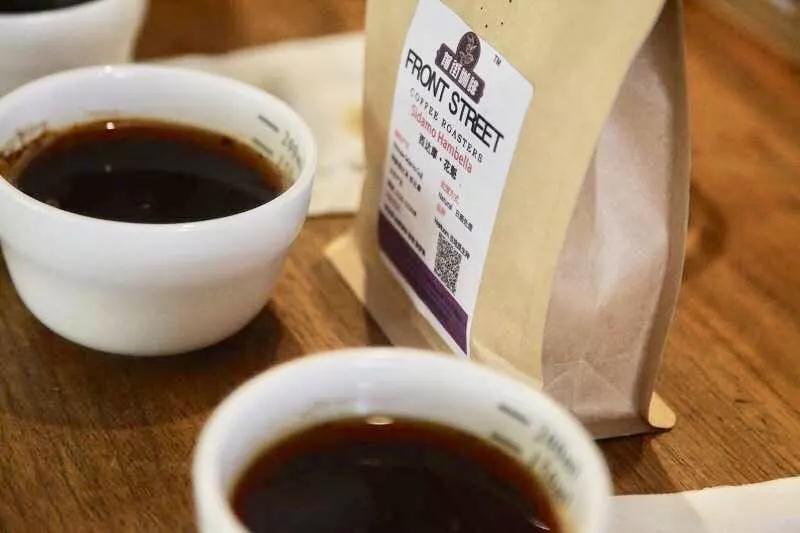
4. Determining/ coffee quantity:
8.25g coffee: 150ml water. It conforms to the best brewing ratio of Golden Cup. However, the proportion of coffee powder can be adjusted according to the glass capacity used in the cup test, and the difference is about plus or minus 0.25 grams.
5. Water injection:
Grind the sample beans before the cup test, and complete the water injection within 15 minutes after grinding. Do not soak coffee powder for more than 30 minutes after injecting water.
According to the coffee proportion mentioned above, the proportion of water is adjusted according to the weight of coffee beans (not ground coffee powder).
Coffee beans are ground more finely than filter paper (for example, they are usually ground into ordinary granulated sugar particles, and that cup test is about fine granulated sugar particles), which means that 20Mesh-sized meshes in the United States can be used as a standard of about 70%. In order to make the test more accurate, prepare 5 cups of each sample bean tested in the cup
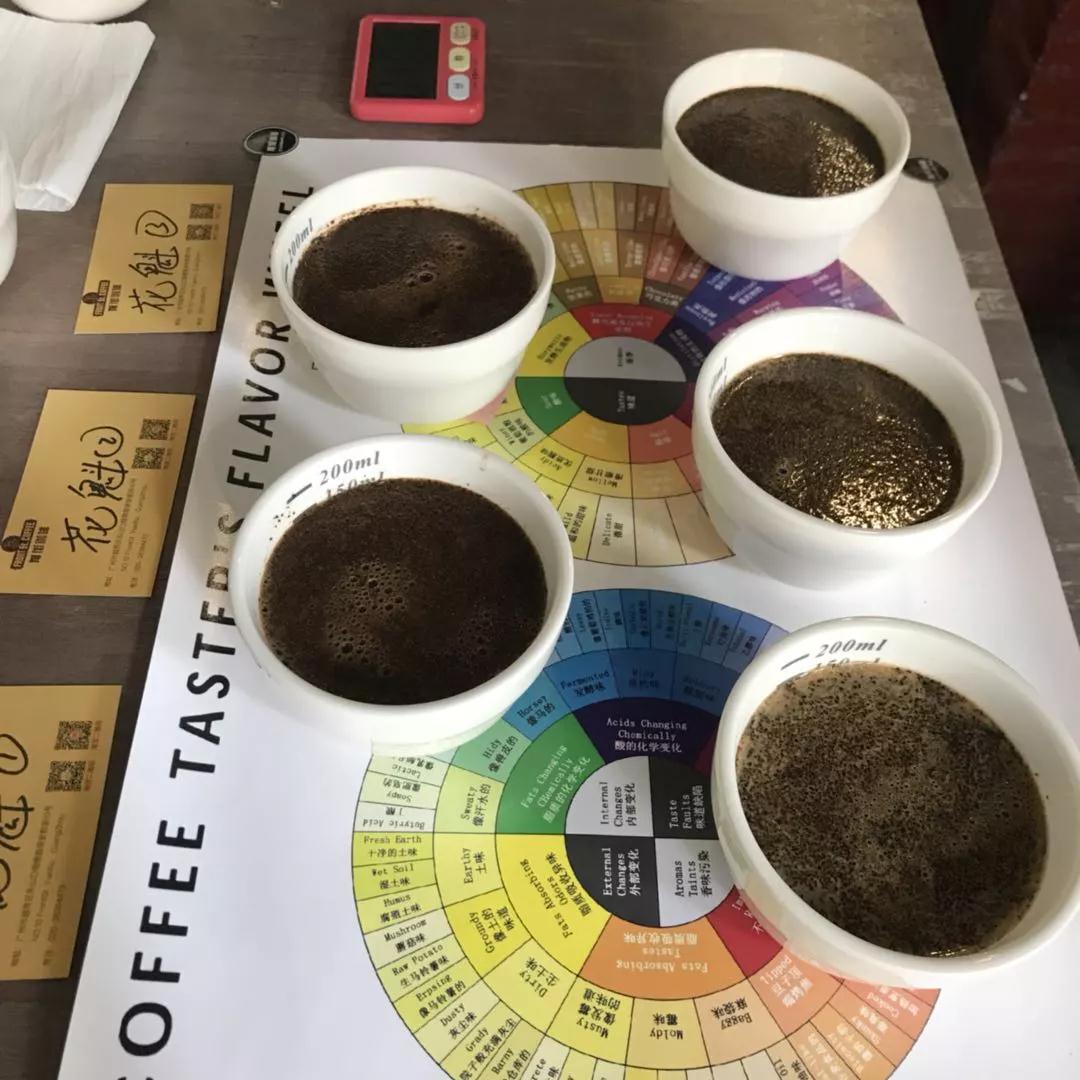
About water quality:
It is recommended that the water used should not be scented or distilled water or soft water. The ideal total dissolved content (TDS) of water quality is 125--175ppm, but not less than 100ppm, and not more than 250ppm (TDS is too low is excessive extraction rate, TDS is too high is insufficient extraction). Brewing temperature is 93 - 94 degrees. Wait 3 to 5 minutes after filling before starting the cup test.
Above.. To do so many standardized processes, mainly to control the variables affecting the flavor, through the way of quantification (scoring), so that the flavor and taste of coffee beans can be more accurately judged, the cup tester can clearly point out the differences in flavor between different samples, as a reference basis for identifying the quality of coffee beans.
Details of cupping--grinding
SCAA cup test defines particles with a grinding degree of 70% to 75% and a 20-mesh sieve.
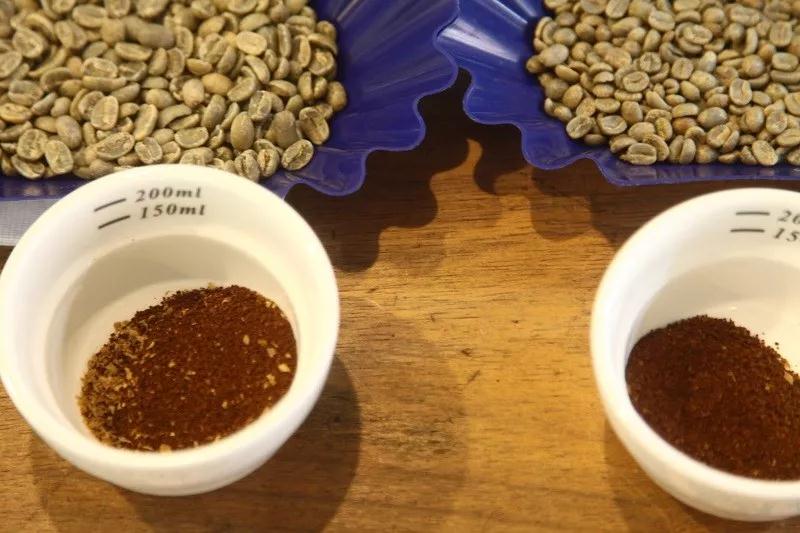
Note:
For each cup of coffee sample, the cup spoon should be cleaned and rinsed with ice water to avoid affecting each other's taste.
In the same way, taste each cup of coffee sample several times until the temperature of the coffee sample drops to room temperature. Be careful to forget the previous feeling as much as possible before each coffee taste, so as to experience the next coffee sample with the purest feeling.
In the process of tasting coffee, you can spit out most of the coffee liquid. But swallow at least a small part in order to experience the feeling of the coffee sample.
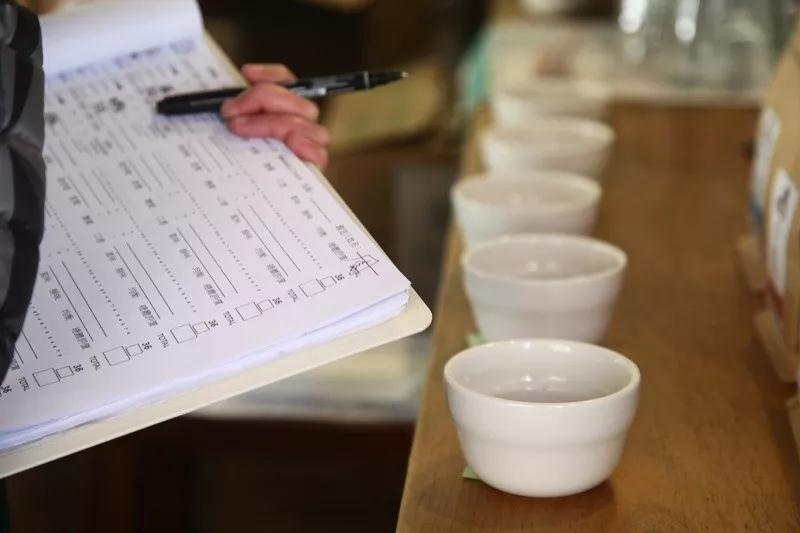
cup test process
1. Grind the beans to be cupped into powder (grind BG : 3B)
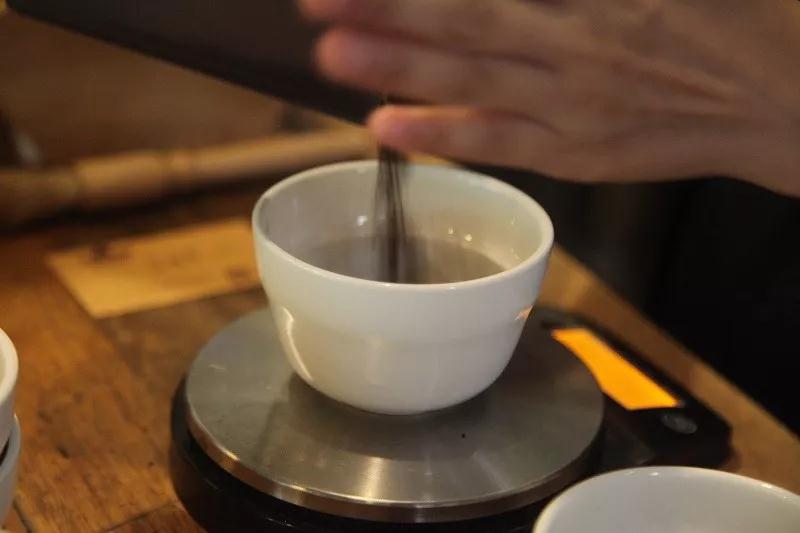
two。 Smell dry aroma
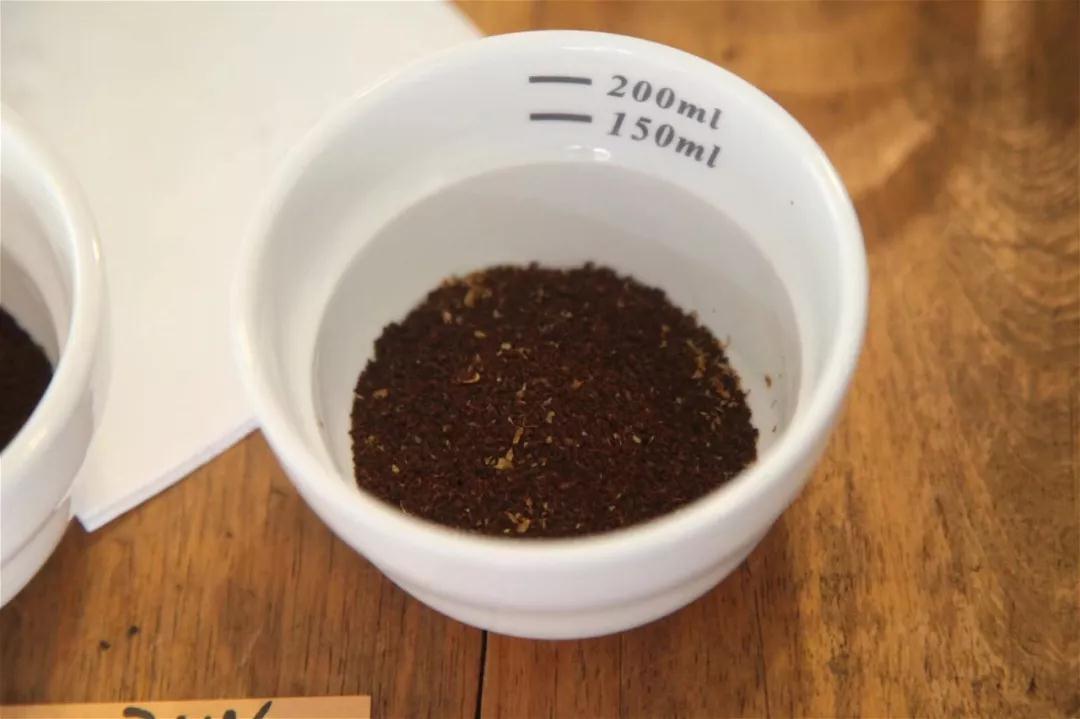
3. Pour hot water (94 degrees) into the cup until it is full and time for 4 minutes.
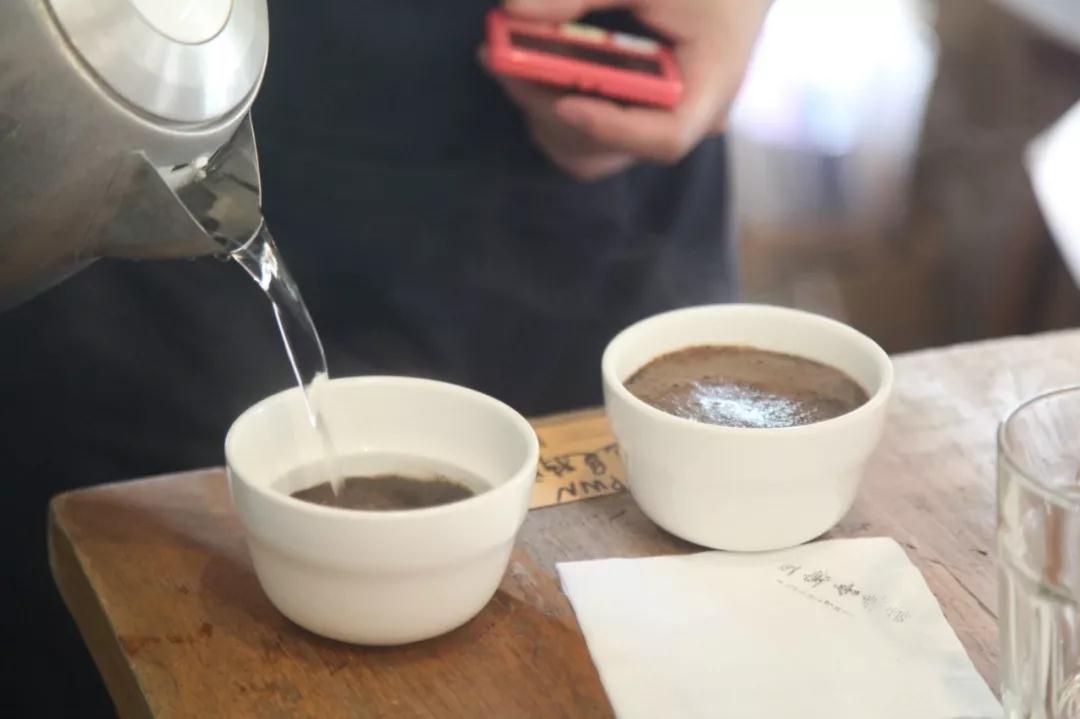
4. At the end of 2 minutes, smell the wet aroma
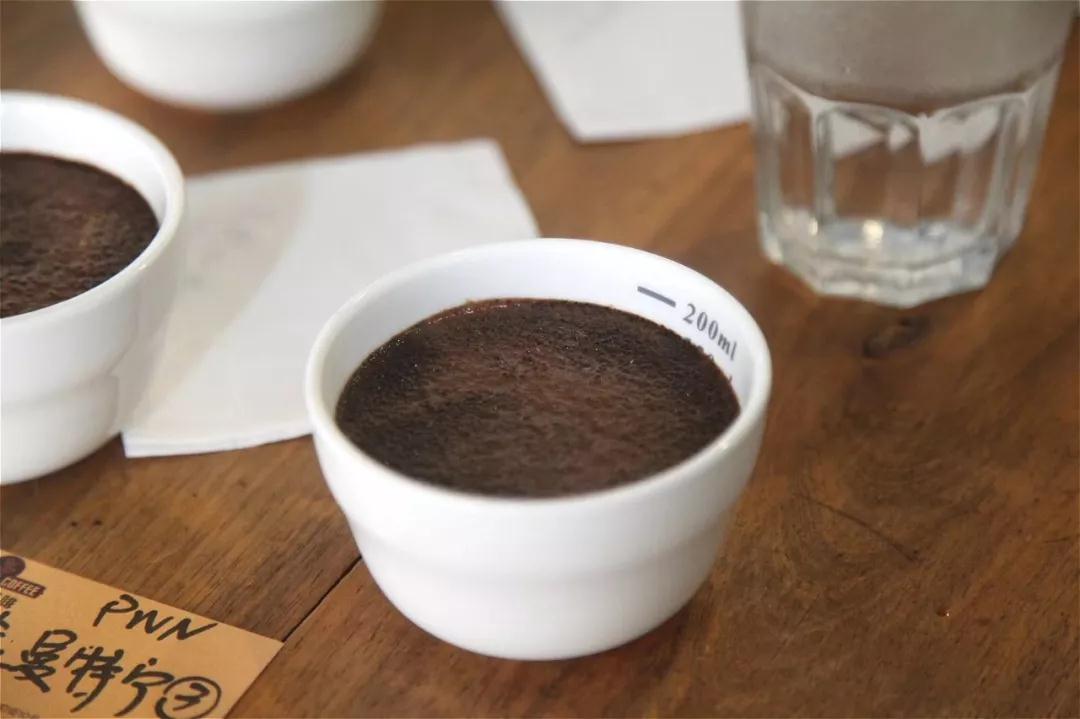
5. At the end of 4 minutes, the slag can be broken.
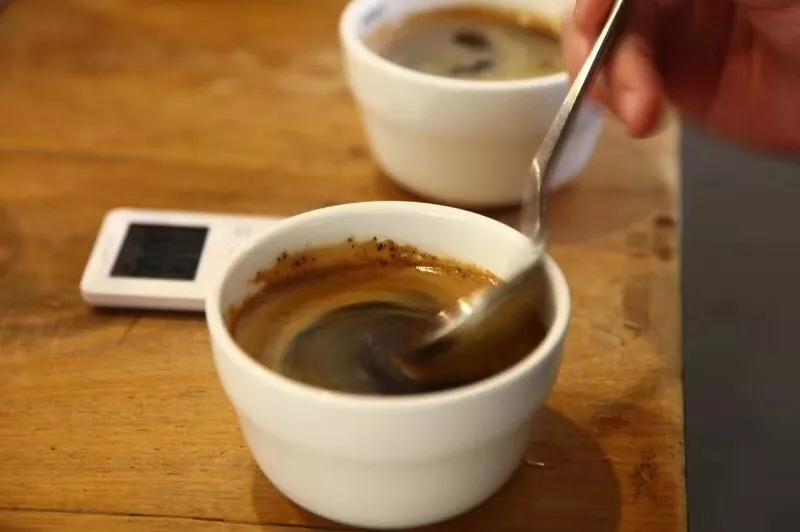
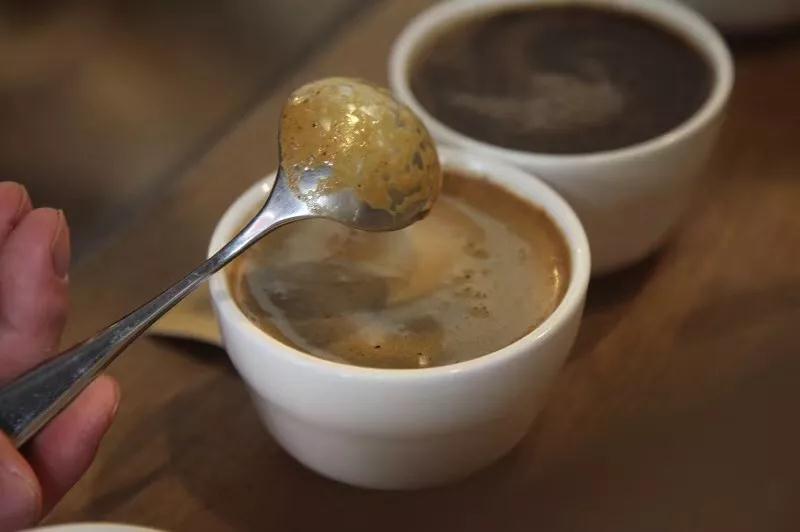
"broken residue": use a cup spoon to push away the coffee powder floating on the surface, make the aroma at the bottom burst out, confirm the aroma performance of the coffee, gently stir 3 times with the cup spoon and let stand for 2 minutes.
6. At the end of 2 minutes, you can pick up the slag.
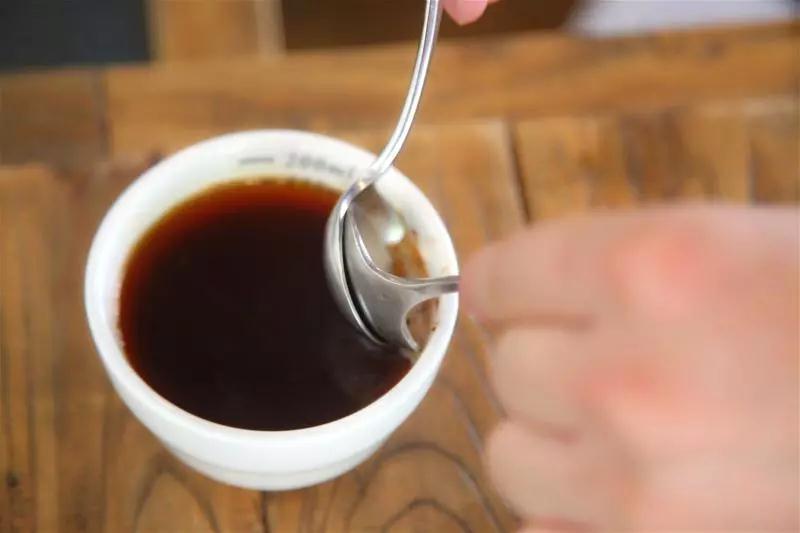
"dregs": use a cup spoon to pick up the foam on the surface, and clean the cup spoon each time to avoid leaving a bad taste to affect the coffee.
7. Scoop up the coffee liquid with a cup spoon and test it by sipping. Sipping will make the coffee liquid fog in the mouth, the flavor molecules can be more clearly displayed.
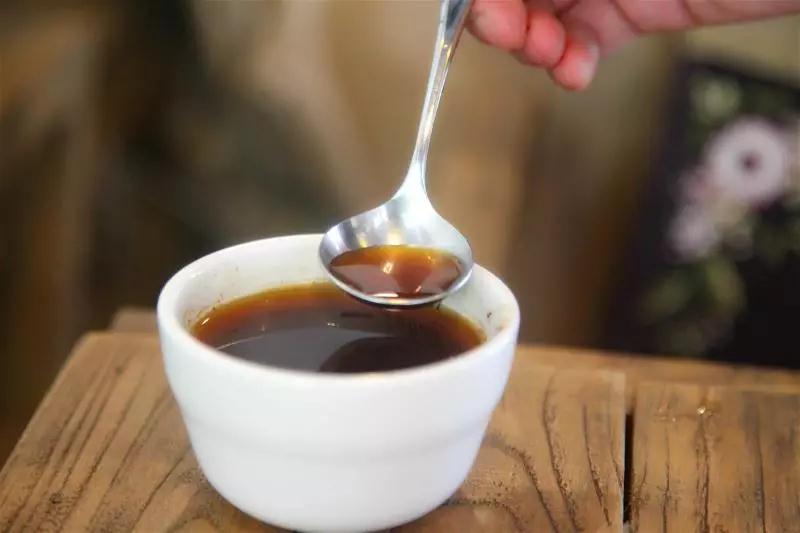
8. Spit the coffee liquid from your mouth into the spitting cup.
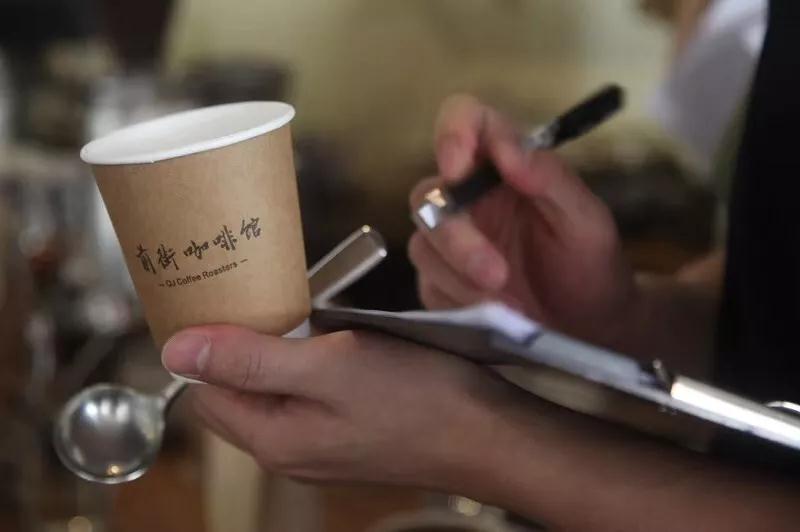
Fragrance bottle is a systematic classification of aroma to reconcile chemical oils to show different odors, correct their own coffee smell, and help remember specific odors.
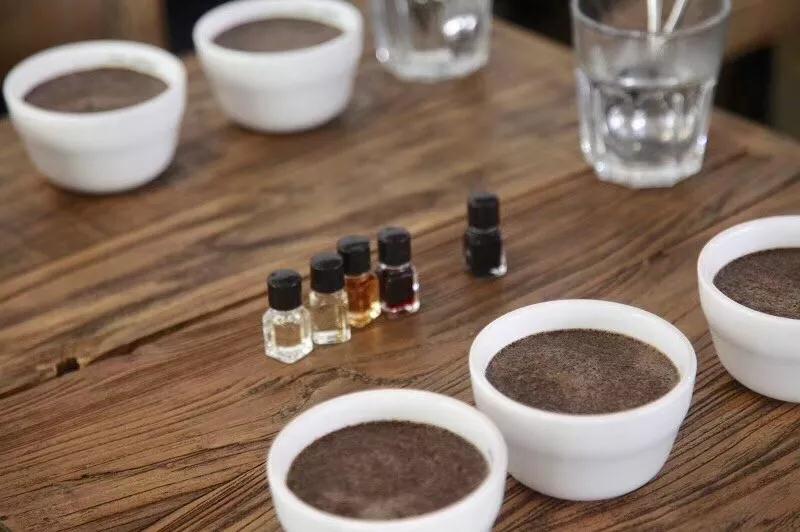
At present, there are two major scent bottles on the market, one is the 36-flavor Le Nez du Cafe (coffee nose) made by French EditionJean Lenoir, and the other is the 100flavor Coffee Flavor Map (coffee flavor map) produced by Scentone in South Korea this year. The current SCAA certification courses use 36 flavors, in addition to allowing you to remember specific flavors, his four categories also tell you what different flavors coffee will have in the roasting process, which can provide complete coffee knowledge training, how many categories are there?
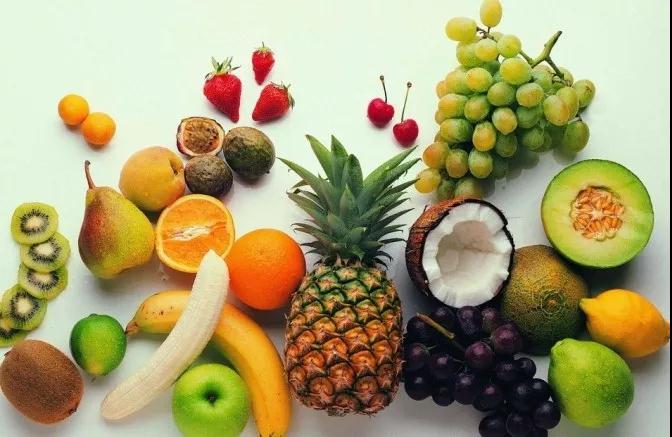
1. Enzymatic
Fruit: lemon, apple, apricot
(Vegetables): Potato, Cucumber, Peas GardenPeas
(Nectar): Coffee Blossom, TeaRose, Honey
2. Sugar Browning
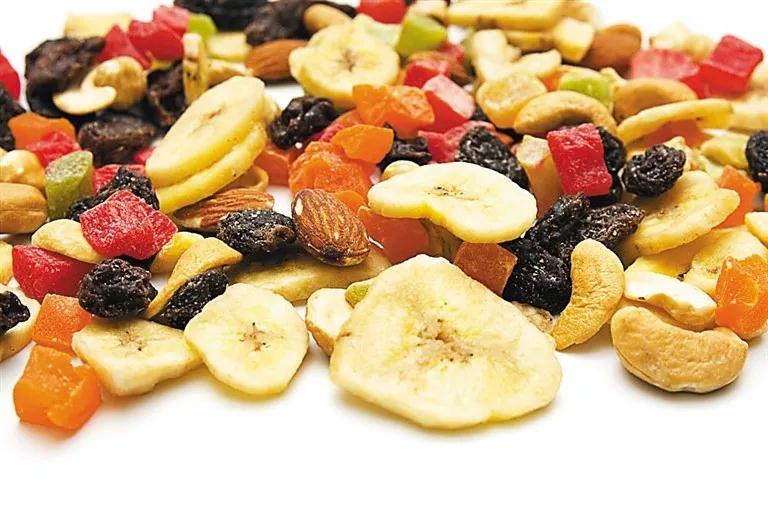
(four nuts): roasted almond Roasted Almonds, roasted peanut RoastedPeanuts, roasted hazelnut Roaster Hazelnuts, walnut Walnuts
(three desserts): caramel Caramel, dark chocolate BlackChocolate, vanilla Vanilla
(two meals): toast Toast, fresh butter Freshbutter
Third, Dry Distillation (dry distillation group)
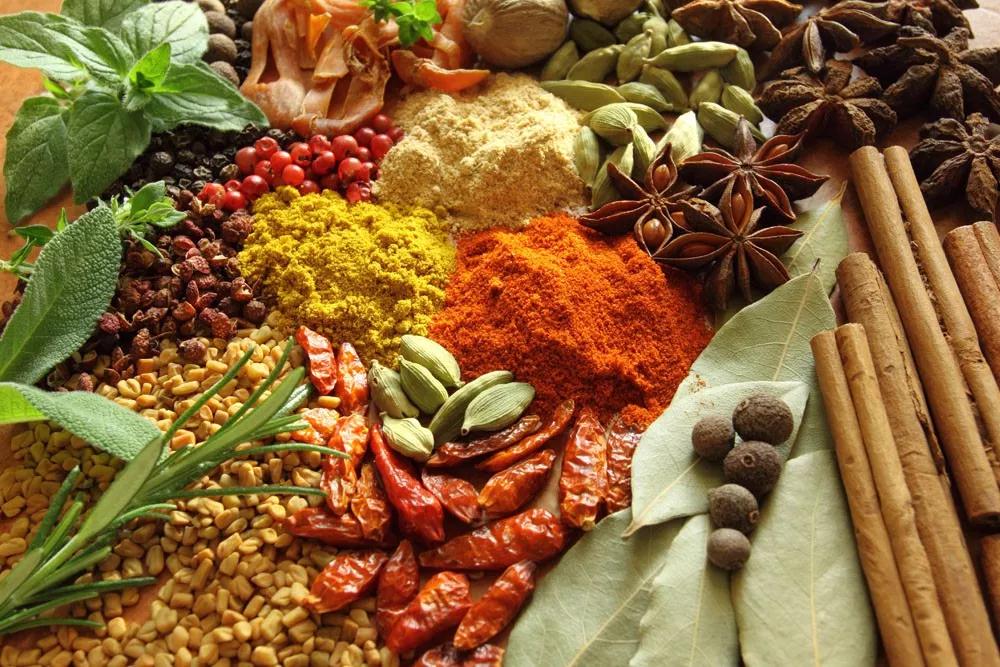
(seasoning): pepper Pepper, vanilla seed CorianderSeed, clove Clove-like
(beverage raw materials): blackcurrant Black Currant-like, maple syrup MapleSyrup, malt Malt
(herbal processing): roasted coffee Roasted Coffee, cut tobacco PipeTobacco, Chinese fir Cedar
Fourth, Aromatic Taint (defect group)
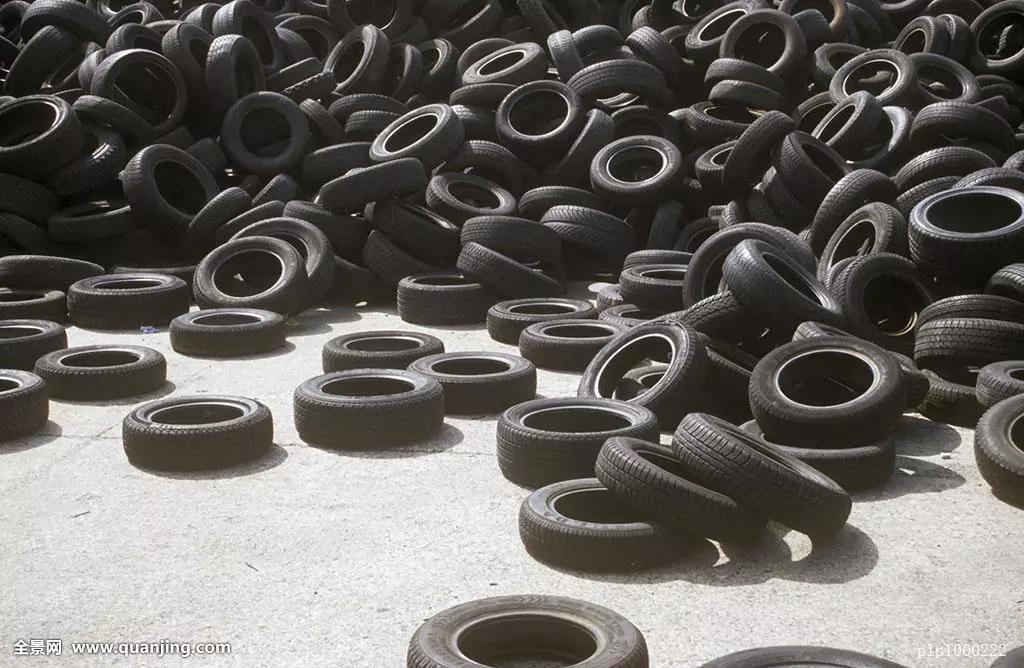
(wet and fishy): soil Eathy, straw Straw, medicinal Medicinal
(dry stimulation): rubber Rubber, leather Leather, smoke Smoke
(pleasant fragrance): coffee pulp Coffee Pulp, fragrant rice BasmaticRice, roast beef Cooked Beaf
The daily sense of taste and smell can be trained by eating more fruit and smelling the aroma of fruit. if you want to train the sense of taste more deeply, by smelling the fragrance bottle and freshly ground coffee powder, the dry fragrance, the wet fragrance and the flavor contrast smell too much, and you will also get dizzy. you can smell the lid first, then smell the oil, swing left and right to let the nasal cavity fully feel the smell, contrast the smell, this can deepen the discrimination, however, no matter which kind of smell bottle Hard practice is bound to improve the ability of olfactory discrimination.
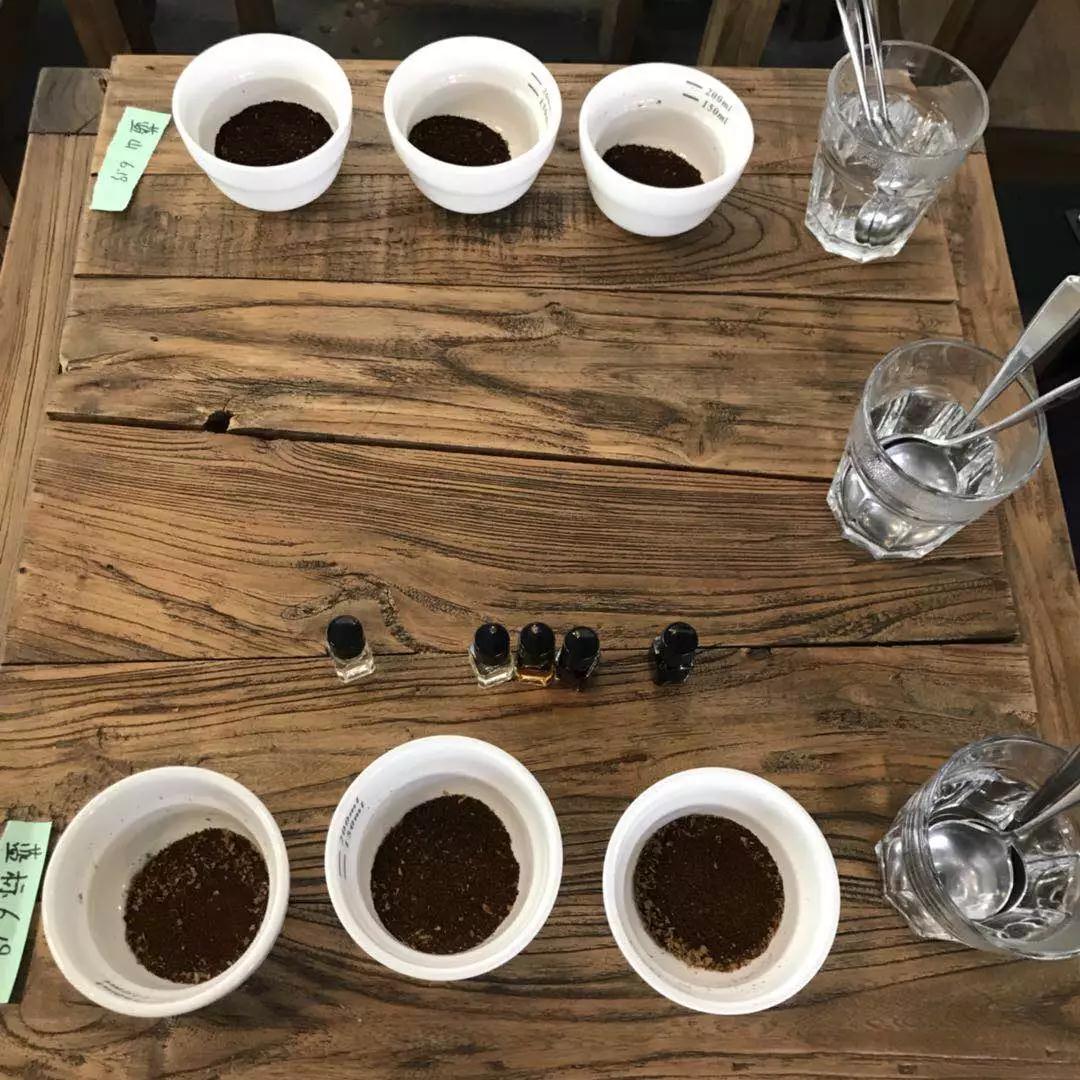
After we understand the classification of 36 fragrance bottles, how can they be applied to taste? Let's take a few individual beans as an example:
Dominated by the fragrance of flowers and fruits: the flowers are round and soft and comfortable; the aromas of fruits are fresh, lively and exhilarating, reminiscent of tropical fruits such as oranges and peaches.
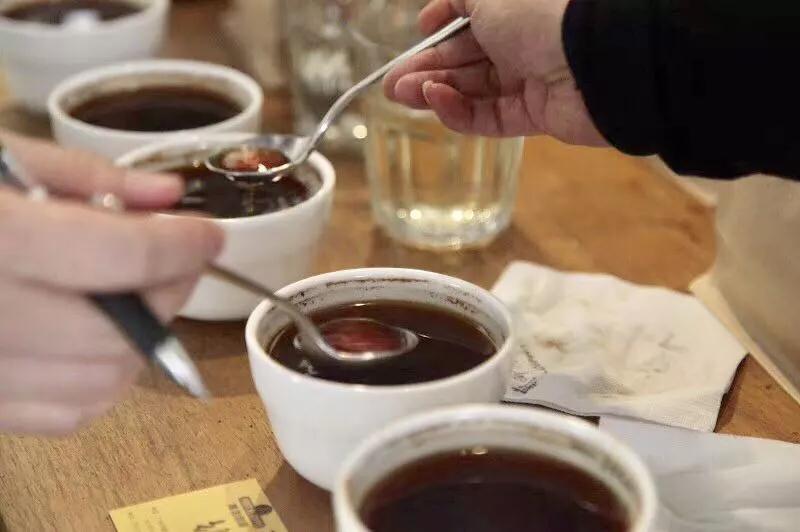
[Front Street Flower Butterfly]
Flavor: Citrus, jasmine, peach, grape, caramel, honey, alpine black tea aroma charming;
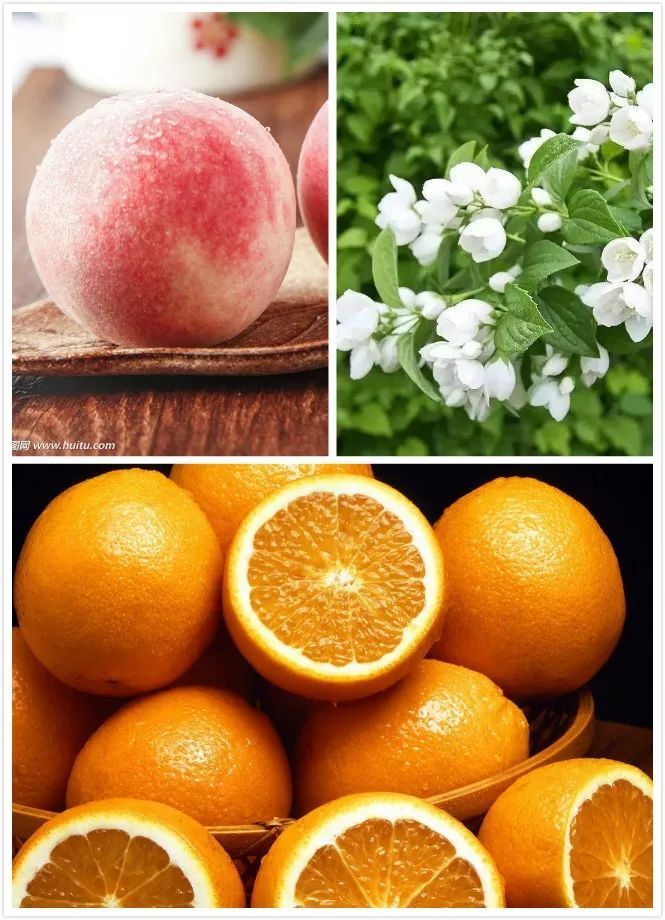
[Sidamo Sakuran]
Flavor: passion fruit, fermented wine, strawberry, jackfruit
[sun Yega Red Cherry]
Flavor: strawberry, Bolin, sucrose
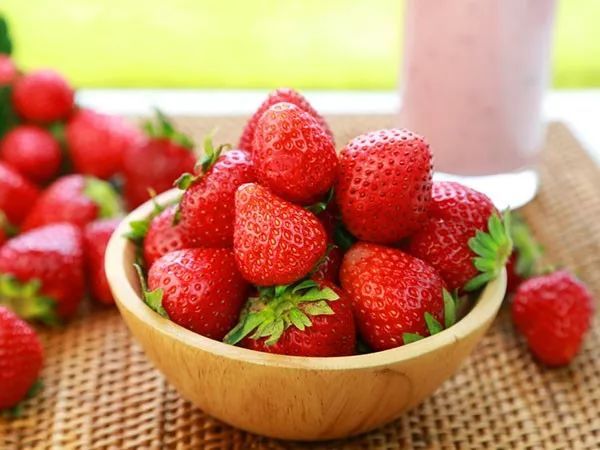
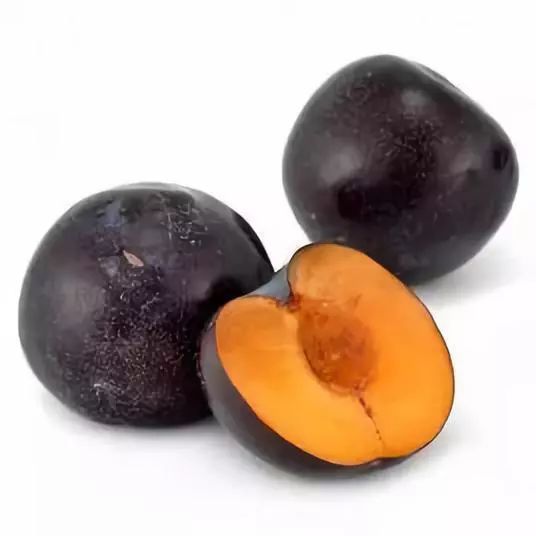
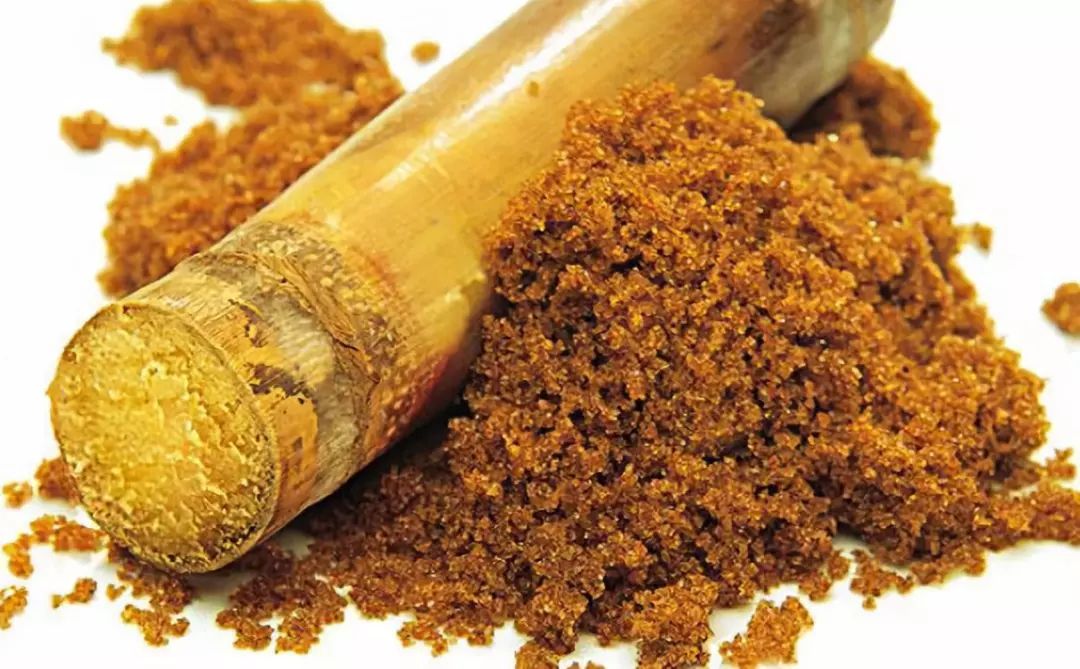
[Kenya Sun Bourbon Haniya]
Dry aroma with sun fermentation, dried fruit and vanilla, caramel, comprehensive fruit, solid juice, finish with berries, strong jackfruit, coffee flowers.
Dominated by caramelization and dry distillation flavor:
[Golden Manning]
Flavor: quality herbs, cloves, pine aromas, caramel, cream, nuts, dark chocolate
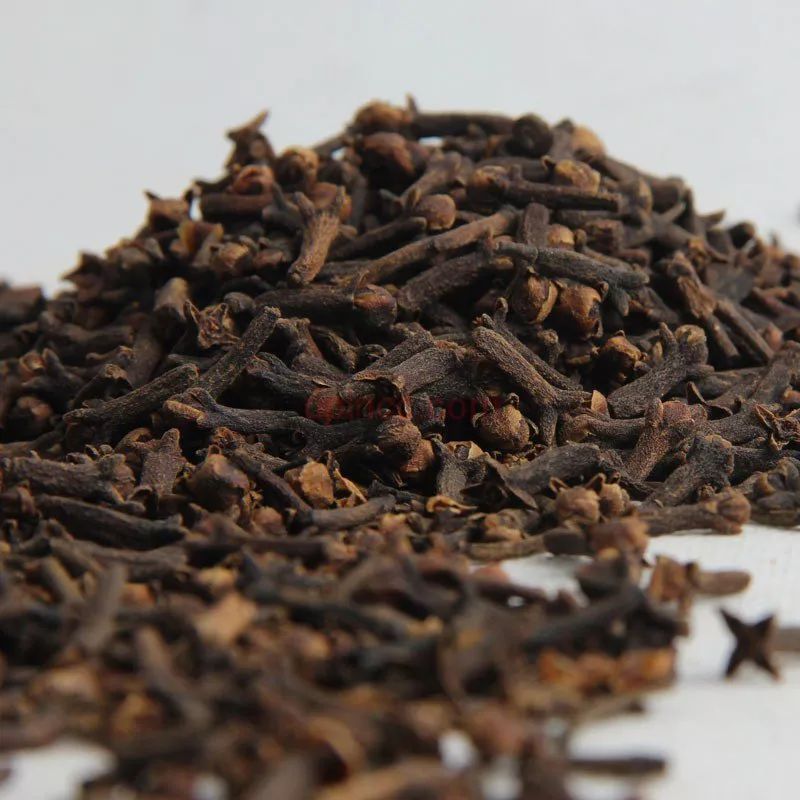
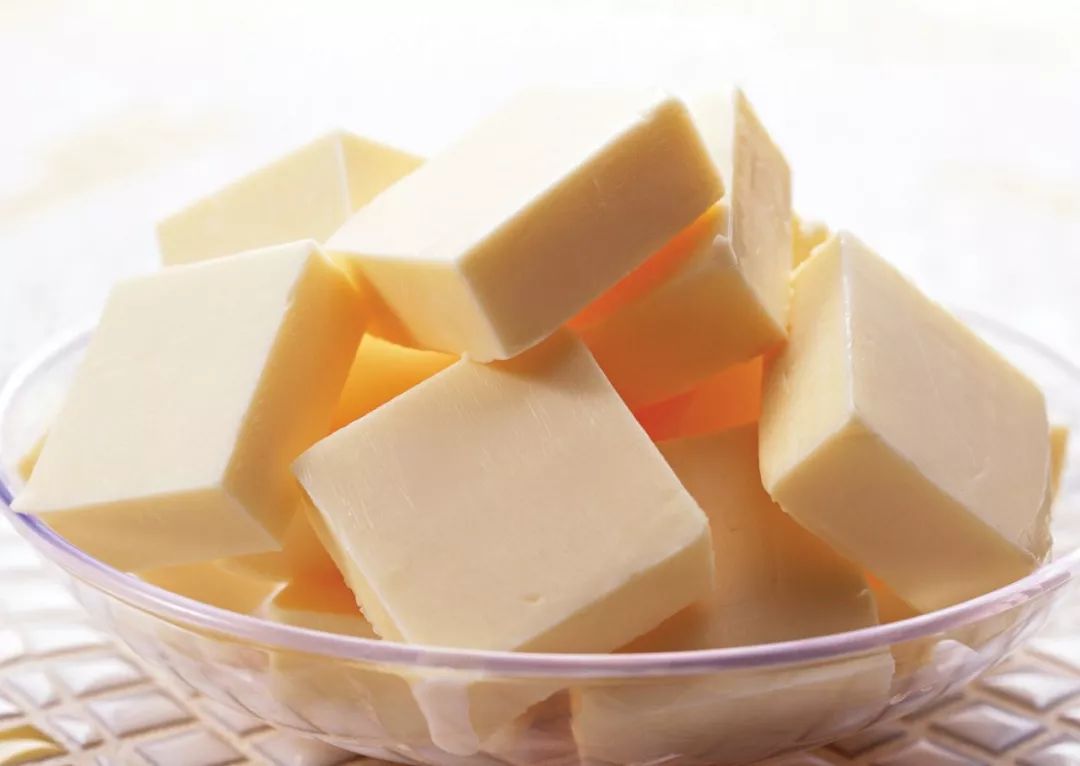
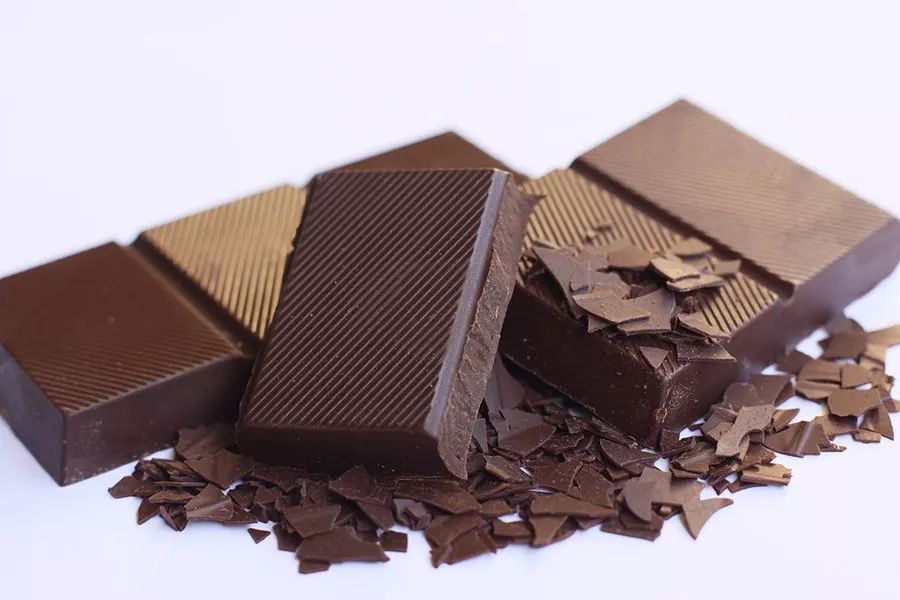
[Blue Mountains of Jamaica]
Flavor: Chocolate, nuts, cream, brown sugar. Sweet, sour, bitter balance, moderate soft sour, slightly fruity fragrance.
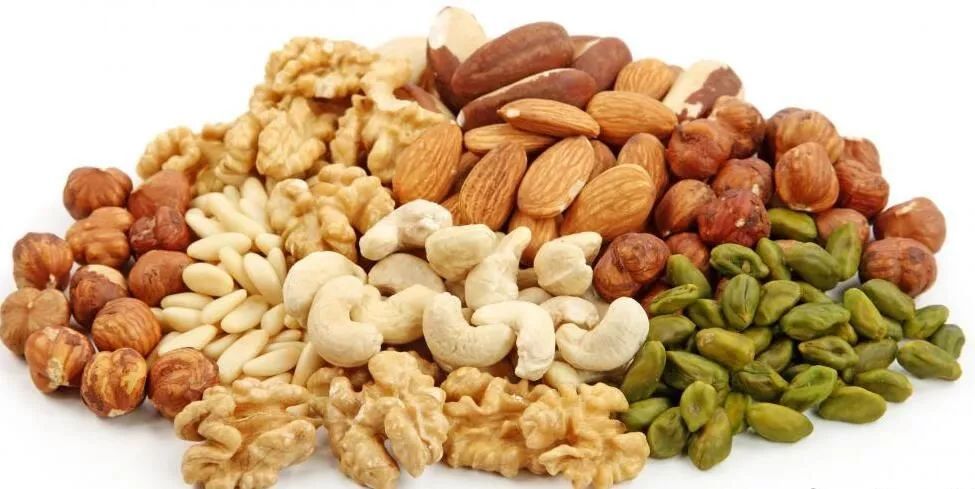
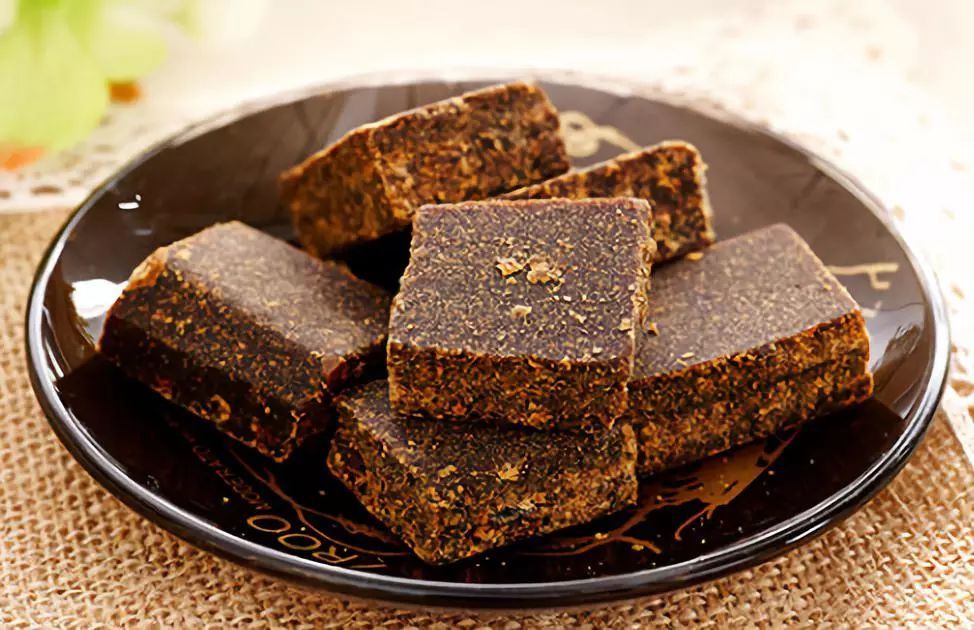
[Huaguo Mountain, Yunnan]
Flavor: melon and fruit, nuts, milk chocolate, cream, herbs, brown sugar, honey
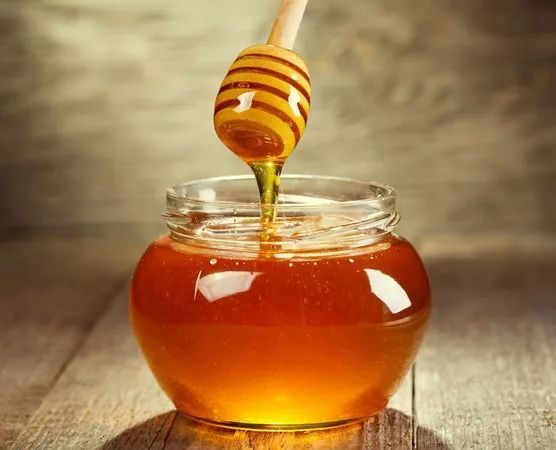
When the cup is tested, then we compare these flavors and score them on the scoring table:
First: aroma Fragrance/Aroma
Aroma, about the aroma consists of two parts, dry incense and wet incense. After grinding the beans, the first image and the first item to be scored is the dry fragrance, the aroma of coffee flowers, roasted hazelnuts and roasted almonds are all pleasant aromas. Water injection, the broken shell of the wet fragrance gives people more fantasy, honey, lemon, apricot fruit make people salivating.
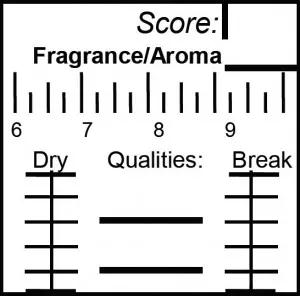
Second rating item: sipping flavor, Flavor
Sipping flavor, flavor is the first item to be perceived and scored when the coffee liquid drops to 71 ℃ and starts sipping, including various flavors and the sense of smell behind the nose; cup testers can include the tastes they feel in the scoring items, including the various flavors measured or drunk. It can be said that sipping flavor is a very important scoring item, and it is also a basis for testing the characteristics of coffee samples. The more the better, the higher the score.
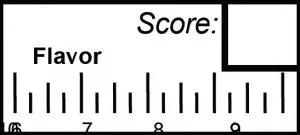
The third scoring item: Yu Yun, Aftertaste
After sipping, various flavors or aromas or sensations of touch that remain in the mouth after sipping, and good flavors stay for a long time, such as sweetness, remain clearly in the mouth or even spread after sipping and spitting coffee, then the score of this item will be high, on the contrary, there is no aftertaste, or very short, the score is low.
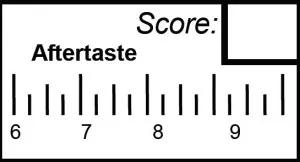
The fourth score item: acid quality, Acidity
Sour, good acidity is not like vinegar, which is bright and lively and can also detect many kinds of acidity such as citrus, berries or sweet lemons, as well as the sweet and sour melons like cantaloupe or the crisp acidity of freshly ripe apples. The above acids are of high quality; bad acids are like unripe fruit or acetic acid, some bad acids are like overripe fruit or rotten fruit, and fermented acid or rotten acid can be detected. The higher the quality, the higher the acid score.
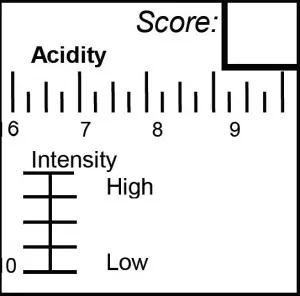
Fifth score item: alcohol thickness, Body
Alcohol thickness, the scoring item is not to measure the taste, this belongs to the material and touch, fat, viscosity, quality, etc. all constitute the body;, such as milk and water, the former has a much higher sense of touch, thick soup and clear soup, the consistency and touch of the former are much higher than the latter.
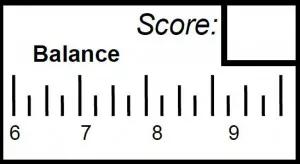
Sixth: consistency, Uniformity
Consistency, this score is relatively simple, 5 cup samples have a different taste, which cup has defects? If all are consistent, then write a big 10 points!
Seventh score item: balance, Balance
Balance, which refers to whether the scoring items of coffee are balanced, for example, although the acid is bright, it still turns sweet? The touch is sticky but not astringent? Are the various flavors of coffee harmonious? If so. Then the score of this item will be high.
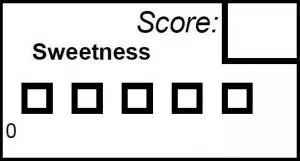
Eighth score item: cleanliness, Clean cup
Cleanliness, fine goods are very important and necessary conditions, the so-called cleanliness is the defective taste without defects and stains (complete freedom from taints or faults), coffee has rotten, earthy taste, medicine iodine taste, fermented acid, rubber, onions, astringency and other bad taste and touch, all indicate that it is not clean enough.
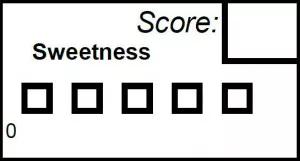
Ninth score item: sweetness, Sweetness
Sweetness not only represents that the coffee fruit is harvested at the best ripening period, and that it is not mixed with unripe beans, but also represents the excellent quality of coffee. Only by selecting freshly ripe coffee fruits to treat them into raw beans can we get better sweetness, and there are many kinds of sweetness, such as sugarcane sweetness, caramel sweetness and so on. Coffee usually contains sweetness, so this item will be given a high score as long as it is perceived to be sweet. .
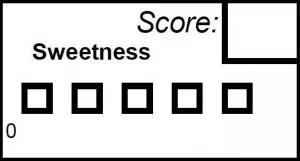
Tenth scoring item: overall Evaluation, Overall
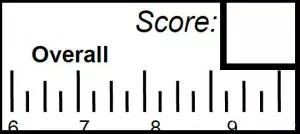
Excellent beans can correspond to a certain type of scent bottle. If you don't have a scent bottle at home, you can actually try more fruits and flowers. With continuous practice, it will be easier to identify different flavors.
That's all for today's sharing. I hope I can help you all.
Important Notice :
前街咖啡 FrontStreet Coffee has moved to new addredd:
FrontStreet Coffee Address: 315,Donghua East Road,GuangZhou
Tel:020 38364473
- Prev
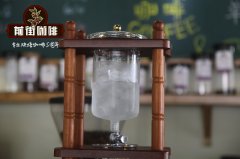
Coffee tasting: how to evaluate the best Ethiopian coffee?
Professional coffee knowledge exchange more information on coffee beans Please follow the coffee workshop (Wechat official account cafe_style) an international coffee connoisseur in Addis Ababa has designated Ethiopian coffee as the best quality coffee in the world, and it is not surprising that coffee has become Ethiopia's main export. What makes Ethiopian coffee beans and the making process so special?
- Next
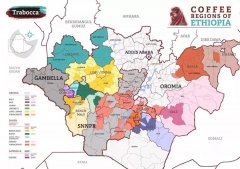
Distinguish the difference between African and American beans, distinguish between fruit tonality and balanced taste
Professional coffee knowledge exchange more coffee bean information Please pay attention to coffee workshop (Wechat official account cafe_style) like to drink sour friends, most will choose African beans, its unique geographical environment gives birth to extraordinary coffee flavor, unique flower and fruit flavor ambiguous intertwined, deeply loved. For those who like to have a balanced taste, American beans are a good choice, with a balance of taste and taste.
Related
- How did the Salvadoran coffee industry develop in Central America?
- What exactly does the golden cup extraction of coffee mean?
- The Origin of Coffee flower
- [2023 Starbucks World Earth Day] there are more meaningful things besides free Starbucks coffee!
- What kind of coffee is there in Spain? 9 Flavors of Spanish Coffee
- Aromatic African coffee| Kenya's coffee culture and historical production area
- Liberica Coffee Bean knowledge: the characteristics of Liberian Coffee beans of the three original species of Coffee beans
- The origin and formula of Spanish latte introduces the taste characteristics of Bombon coffee in Valencia, Spain.
- How to adjust the solution of over-extracted coffee
- What is the tasting period of coffee beans? What is the period of coffee and beans? How should coffee wake up and raise beans?

